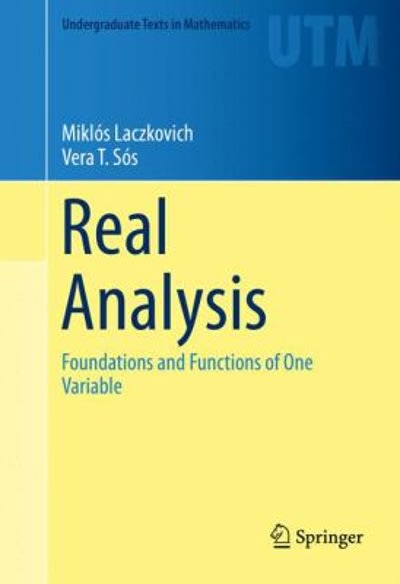(prob setQ6) please answer. Note: Answer options for "A" is "exceeds" or "doesnt exceed", For "B" answer options are "reject" or "doesnt reject", and for "C", answer options are "is" or "isnt".
Andrea Phelps and her colleagues studied the relationship between positive religious coping and the type of care received by terminally ill cancer patients. Most of the patients in the study were Christian. [Source: Phelps, A. et al. "Religious coping and use of intensive life-prolonging care near death in patients with advanced cancer." Journal of the American Medical Association, 301 (2009): 1140-1147.] Suppose another researcher conducts a similar study but uses a sample of patients whose religious traditions are more varied than the patients in the Phelps study. She samples 300 terminally ill patients to see whether their practicing a religion is related to how likely they are to want their doctors to do everything possible to prolong their lives. The following table shows the results of the study. Observed Frequencies Wants His or Her Doctor to Do Everything Possible Practices a Religion Yes No Yes 17 124 No 13 146 Given these date, the most appropriate test to use to check whether there is a significant relationship between whether terminally ill patients practice a religion and whether they want their doctors to do everything possible to prolong their lives is a(n) To do this test, which of the following assumptions and/or restrictions are required? Check all that apply. The population sampled must be normal. The smallest expected frequency must be greater than 5%% of the total sample. The observations must be independent. O The smallest expected frequency must be at least five. The researcher's null hypothesis is: "Among terminally ill patients, there is no relationship between whether they practice a religion and whether they want their doctors to do everything possible to prolong their lives." Fill in the following table of expected frequencies. Expected Frequencies Wants His or Her Doctor to Do Everything Possible Practices a Religion Yes No Yes No The chi-square statistic isWith o = 0.05, the critical value is Because the chi-square statistic the critical value, the researcher the null hypothesis and concludes that there E convincing evidence of a significant relationship between whether terminally ill patients practice a religion and whether they want their doctors to do everything possible to prolong their lives








